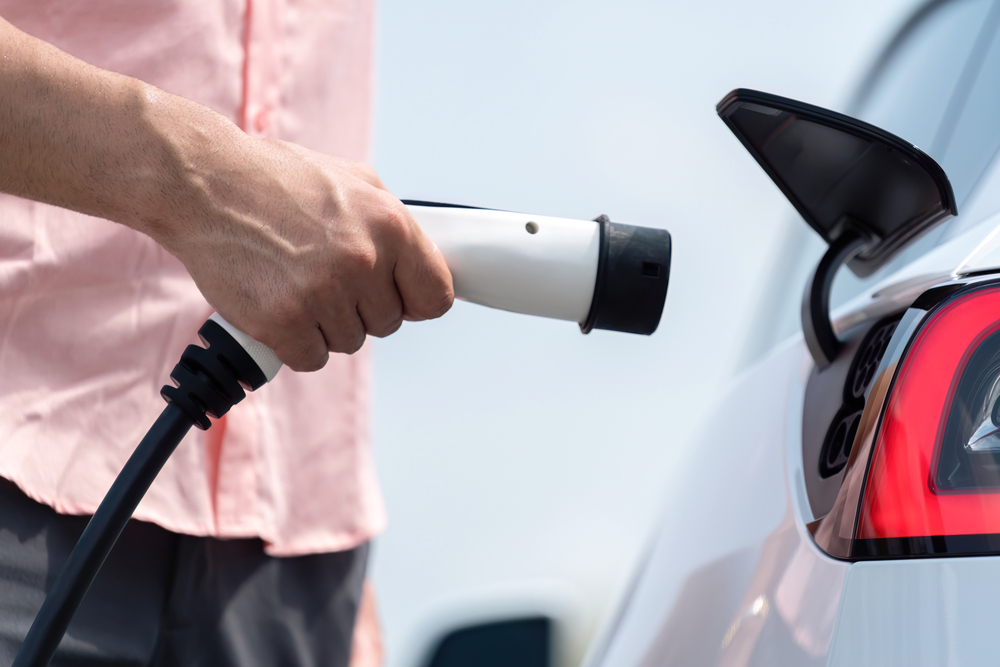As many of us embark on road trips, the feasibility of electric vehicles is likely to become a topic somewhere along the way.
Connecticut and New York are not bad places to be if you have an EV. In New York, the Thruway has charging stations within it, at the little median gas stations and public areas. Connecticut does it a different way, instead building charging stations just off the highway or at important intersections of highways.
Both Connecticut and New York’s efforts make them two of the first alternative fuel corridors. An alternative fuel corridor is a long stretch of road that has places to charge an EV every 50 or so miles. It’s a designation by the Federal Highway Administration that also allows grants and other incentives from the federal government to be funneled in.
Some of the major roads getting EV infrastructure in Connecticut include:
- I-84
- I-91
- I-395
- Route 7 / Route 202 intersection
If you haven’t even begun the process of getting an EV, but are curious, they are getting better and better in terms of battery life. Most of the more mainstream car companies (not Tesla) offer a range of at least 200 miles. Not surprisingly, Mercedes-Benz offers an electric model that can go a whopping 450 miles before needing a charge.
There are other things to learn before you sign that car loan — like the notoriously powerful acceleration of EVs because of some science reason. There are also different types of electricity to learn, and kilowatt hours, and a bunch of stuff.
I think the learning and the potential inconveniences are worth the positive impact EVs will have on the air my family breathes, and hopefully, lowlaying cities like NYC.
If you need help figuring out your EV trip from Hartford to Niagara falls, we can help! Contact us for more information.


Recent Comments